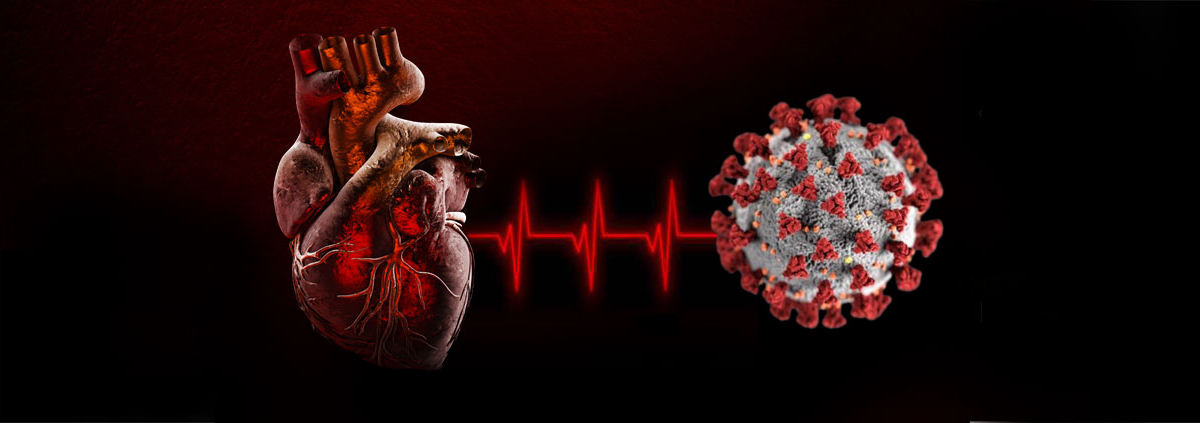Heart Rate and Viral Infections
What might we gain by collecting and analyzing data from fitness and health devices? In a recently published study, researchers collected data from over 200,000 different Fitbit users. They selected users from the top five states of Fitbit users and collected data on height, weight, and age as well as heart rate and sleep data. It’s important to note that the data were collected anonymously so there was no invasion of privacy.
They ended up with data sets on over 47,000 people. That’s where this study became mathematical in nature. They correlated heart rate and sleep data with the rate of flu-like cases reported in each state by the Centers for Disease Control. They found changes in heart rate and sleep time correlated with the increase in reported cases of the flu. It helped improve the prediction model between 6.3% and 32.9%.
This is important for a couple of reasons. First, they were able to handle billions of data points; that seems so easy to say, but think about what that involves in terms of data storage. Second, they were able to show some predictive use for the data.
Although they were improving the ability of the CDC to predict the number of cases in general, it requires a lot more to actually predict who has a viral infection. More about that on Saturday.
What are you prepared to do today?
Dr. Chet
Reference: DOI:https://doi.org/10.1016/S2589-7500(19)30222-5.








